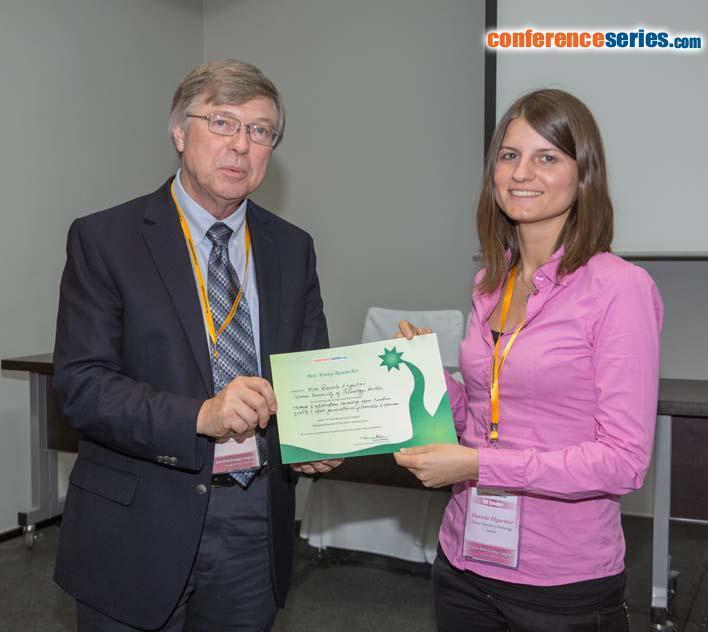
Daniela Ehgartner
Vienna University of Technology, Austria
Title: Methods and applications concerning spore inoculum quality and spore germination in filamentous bioprocesses
Biography
Biography: Daniela Ehgartner
Abstract
Spore inoculum quality in filamentous bioprocesses is a critical parameter associated with viable spore concentration and spore germination. It influences pellet morphology and consequently, process performance. The state-of-the-art method to investigate this quality attribute is colony forming unit (CFU), being tedious, associated with significant inherent bias and not applicable in real time. The approach presented here is based on combining viability staining and large-particle flow cytometry enabling measurements in real-time. It is compatible with complex medium background and allows the quantification of metabolically active spores and monitoring of spore germination. In an industrial bioprocess with filamentous fungi, a good correlation to CFU was found. Spore swelling and spore germination were followed over the initial process phase with close temporal resolution. The validation of the method showed an error of spore classification of less than 5%. In this contribution bioprocesses with various spore inoculum qualities were monitored at-line. Thereby, critical parameters concerning the amount of germinating spores in spore inoculum were found. Related to these critical parameters, differences of spore germination on agar plates vs. liquid environment were observed. These findings challenge the CFU as appropriate method for spore inoculum quality determination. Two applications of the method are proposed: First, the determination of spore inoculum quality before starting the cultivation to guarantee a common starting point for the batches. Secondly, monitoring of spore swelling to adjust the process in real-time to prevent batch failure. These common starting points ensure homogeneity of morphology between cultivations and consequently, better process performance.





